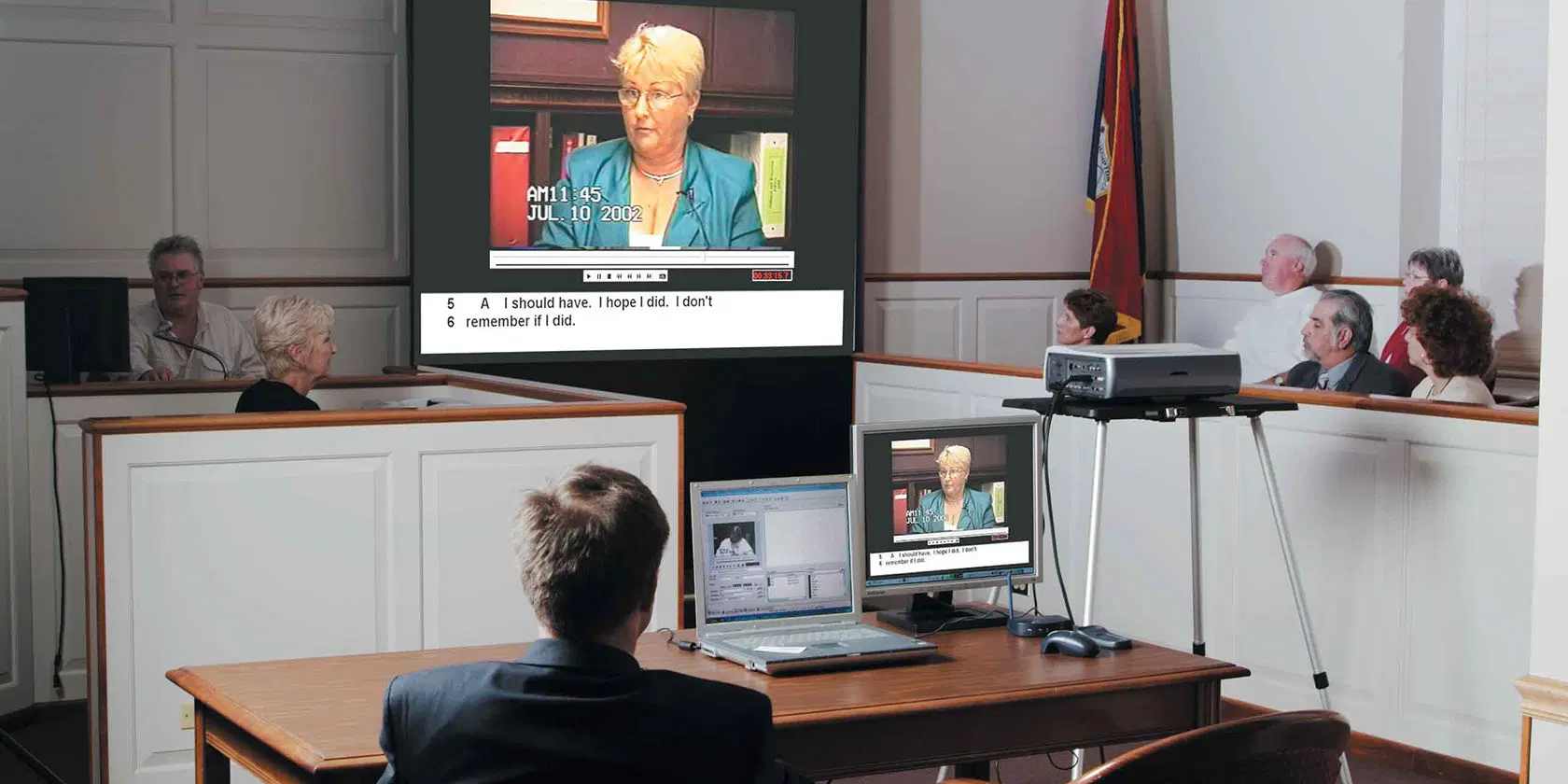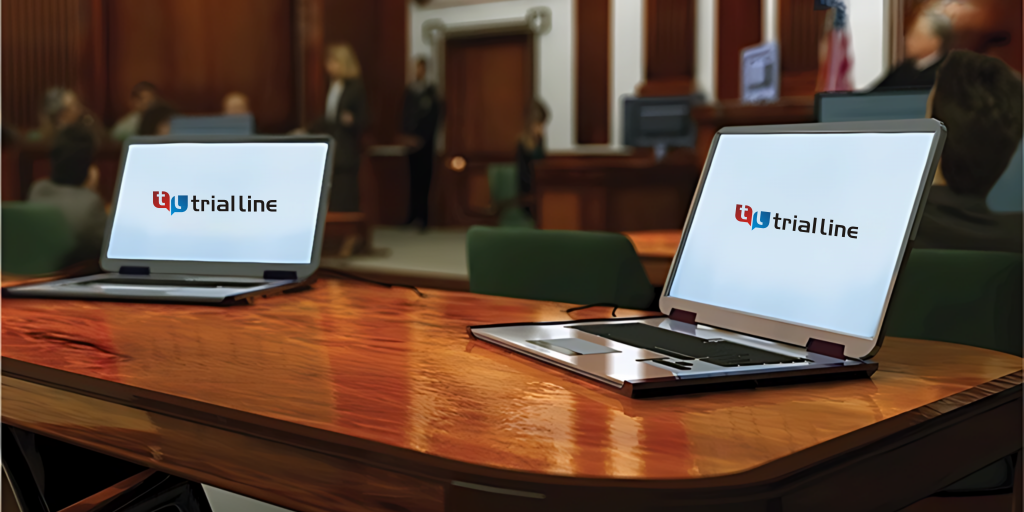Interactive trial presentations enhance case preparation.
Interactive trial presentations enhance case preparation.
Blog Article
Exactly How Trial Presentations Enhance Your Argument and Encourage Jurors
Test discussions offer as a crucial device for improving legal disagreements and convincing jurors. By integrating visual help, narrative structures, and psychological interaction, attorneys can create a compelling instance that reverberates on numerous levels. The tactical use of visuals not only makes clear intricate information but additionally catches jurors' interest better than words alone. The art of narration plays a similarly crucial duty in changing factual proof into a compelling narrative, forming jurors' understandings. Understanding these components can considerably impact test outcomes, elevating the concern of just how each element contributes to this elaborate dynamic.

Importance of Aesthetic Aids
Visual help play a critical function in enhancing the performance of test presentations, as they can substantially raise audience engagement and retention of details. In the context of a test, where jurors are charged with handling complicated information, aesthetic aids offer to simplify and clear up bottom lines. Charts, charts, and images can convey information and ideas that might otherwise bewilder or confuse jurors, permitting a more uncomplicated understanding of the evidence offered.
Moreover, aesthetic aids help in preserving juror attention throughout the procedures. By damaging the dullness of spoken testimony, these tools can stress crucial debates, making them much more unforgettable. Effective visual aids can additionally evoke psychological feedbacks, which can be critical in encouraging jurors to align with the presenter's story.

Crafting Engaging Stories
An engaging narrative is important in test presentations, as it works as the foundation of effective persuasion. It enables lawyers to weave with each other facts, evidence, and psychological elements into a systematic story that reverberates with jurors. This narrative framework enables jurors to comprehend the intricacies of the instance while directing them with the lawyer's debate.
To craft an engaging story, lawyers need to concentrate on quality and comprehensibility. In addition, the usage of brilliant summaries can produce mental images that assist jurors imagine the events, making the narrative more memorable.
Moreover, incorporating vital motifs throughout the discussion strengthens the core message and aids in retention - trial presentations. The narrative should not just share details however likewise evoke a sense of justice, highlighting the risks included. Eventually, that site a well-constructed story cultivates a connection between the jurors and the case, placing the attorney's disagreement as both reputable and special info compelling, therefore boosting the possibility of a beneficial verdict

Engaging the Court Mentally
Effective court interaction rests on the lawyer's capability to get in touch with jurors on a psychological level. This link can substantially impact jurors' understandings and their ultimate decision-making. Making use of sob stories allows lawyers to humanize the situation, transforming abstract lawful ideas right into relatable experiences. By providing real-life tales or reviews, lawyers can evoke empathy and concern, fostering a much deeper understanding of the concerns at stake.
Aesthetic aids, such as photos or video clips, can even more improve psychological engagement, offering jurors with brilliant depictions of the case's human aspects. Crafting a story that highlights the battles and accomplishments of the individuals involved makes certain that jurors see beyond the legal disagreements and recognize the human repercussions of their choices.
In addition, tone and body language play an important duty in sharing emotion. A lawyer's enthusiastic shipment can resonate with jurors, strengthening their psychological financial investment in case. It's important to balance emotional charms with accurate evidence, making sure that jurors really feel forced to act while continuing to be based in the truth. Eventually, a mentally engaged jury is much more likely to be persuaded, making check my source emotional link an essential part of reliable test discussions.
Structuring Your Presentation

The body of the presentation need to be rationally segmented right into bottom lines, each sustained by compelling proof. It is helpful to use narration methods to weave facts right into a narrative that jurors can conveniently comply with. Aesthetic aids, such as graphes and videos, can boost comprehension and involvement, assisting to highlight critical items of evidence.
Real-World Study
Analyzing real-world case research studies gives indispensable understandings right into the art of test presentations and persuasion. The protection group effectively employed a method that combined high-profile professional statements with multimedia discussions, which astounded jurors and ultimately influenced their decision.
Another significant instance is the "McDonald's Coffee Instance," where the complainant's lawyers made use of visuals photos of the injuries received by Stella Liebeck. trial presentations. This stark visual proof played a vital duty in sharing the extent of her burns, bring about a substantial court honor. Such instances show that impactful test presentations often rest on the effective integration of visuals and narration to stimulate psychological actions from jurors
Moreover, the "Casey Anthony Trial" highlighted the significance of narrative coherence and trustworthiness. The prosecution's failure to establish an engaging timeline lessened their influential power, highlighting the need of a well-structured discussion. Examining these situations reveals that effective test presentations require critical preparation, emotional engagement, and the capacity to resonate with jurors' values and ideas.
Final Thought
Test presentations substantially enhance disagreements and persuade jurors with the strategic use of aesthetic aids, engaging stories, and psychological interaction. A well-structured discussion balances psychological appeals with accurate proof, ultimately reverberating with jurors' worths.
Report this page